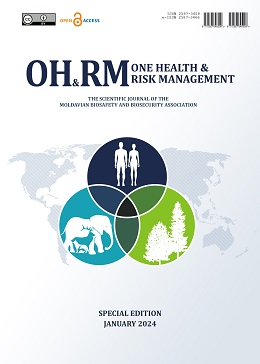Abstract
Introduction. The microbiological quality of non-sterile products covers two relevant aspects: firstly, the assessment of microbial load, and secondly, the absence of pathogenic microorganisms. The absence of certain pathogenic microorganisms in a preparation depends on their route of administration. Oral pharmaceutical products require the absence of microorganisms such as Salmonella and coliform bacteria, such as Escherichia coli. On the other hand, topical products require the absence of species like Staphylococcus aureus and Pseudomonas aeruginosa. The methods commonly used for identifying microorganisms in medications are laborious and time-consuming. Considering these factors, the development of rapid methods for determining unacceptable microorganisms in medications is an urgent necessity.
Material and methods. This is an experimental study in which reference bacterial strains, medicinal preparations, components, ingredients, selectivity factors, and inhibition factors were utilized. For the preparation of the culture medium, high-purity reagents registered in the Republic of Moldova were used.
Results. Following the conducted studies, a rapid procedure has been developed for determining P. aeruginosa bacteria in medications. Detection of individual P. aeruginosa cells is possible after 9-12 hours of incubation, while results for concentrations of 104-105 CFU are obtained within 5-6 hours. The medium stands out for its high selectivity and specificity, predominantly for these bacteria, and is economical and straightforward to apply. The shelf life of the medium is two years (observation period).
Conclusions. The developed procedure is valuable for the rapid determination of P. aeruginosa bacteria, and the accuracy of the results will enable the timely implementation of microbiological monitoring strategies for large batches of medications.
|
 Views: 295|
|
Views: 295|
|
This work is licensed under a Creative Commons Attribution 4.0 International License.

